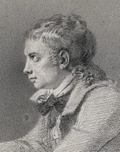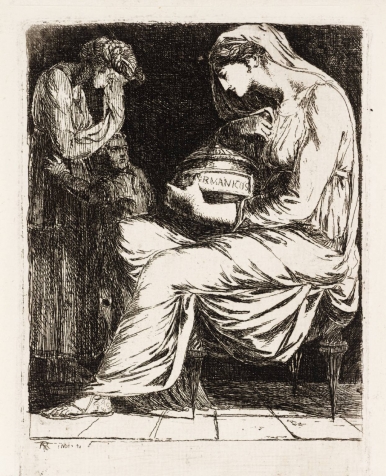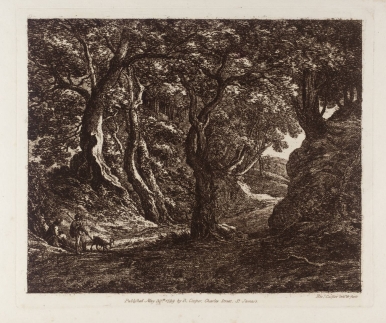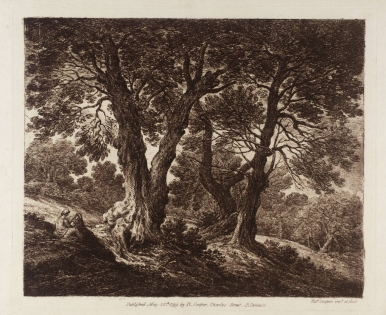알렉산더 런시맨(Alexander Runciman)FOLLOW
1736년08월15일 영국 에든버러 출생 - 1785년10월04일

추가정보
Alexander Runciman (15 August 1736 ?4 October 1785) was a Scottish painter of historical and mythological subjects. He was the elder brother of John Runciman, also a painter.
Agrippina with the Ashes of Germanicus, circa 1773, Tate Gallery.He was born in Edinburgh. He studied at Foulis's Academy, Glasgow, and from 1750 to 1762 he was apprenticed to the landscape painter Robert Norie, later becoming a partner in the Norie family firm. He also worked as a stage painter for the Edinburgh Theatre.
In 1767, he went to Rome, where he spent five years. His brother John accompanied him, but died in Naples in the winter of 1768-69. During Runciman's stay in Italy he became acquainted with other artists such as Henry Fuseli and the sculptor Tobias Serghells. Runciman's earliest efforts had been in landscape; he now turned to historical and imaginative subjects, exhibiting his Nausicaa at Play with her Maidens in 1767 at the Free Society of British Artists, Edinburgh.
On his return from Italy, after a brief time in London, where in 1772 he exhibited in the Royal Academy, he settled in Edinburgh, and was appointed master of the Trustees' Academy. He was patronized by Sir James Clerk, whose hall at Penicuik House he decorated with a series of subjects from Ossian. He also created various religious paintings and an altar-piece in the Cowgate Episcopal Church, Edinburgh, and easel pictures of Cymon and Iphigenia, Sigismunda Weeping over the Heart of Tancre, and Agrippina with the Ashes of Germanicus.
He enjoyed a strong reputation as a landscape painter is his lifetime. Some of his works, due to their spontaneity, vigour of style and colour, and unorthodox composition, place him as an early exponent of modern art.
Keith Ralph studied under Alexander Runciman.
Keith Ralph was later commissioned by James Boswell to produce a portrait of John Reid as 뱈y first client in criminal business and as a very remarkable person in the annals of the Court of Justiciary?John Reid was accused of stealing nineteen or so sheep on 6 October 1773. When his portrait was painted he was awaiting execution in Edinburgh뭩 Tolbooth.




